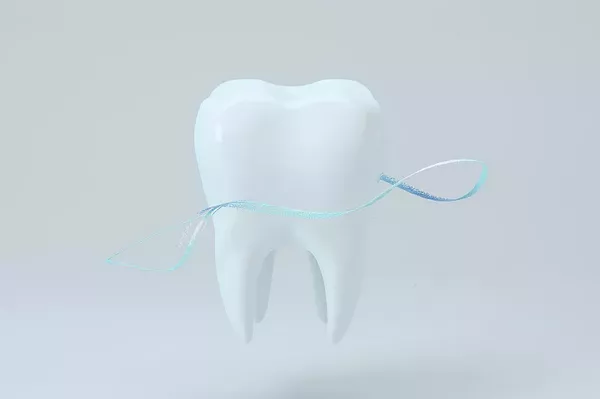Periodontal disease is a common dental condition that affects cats. It is caused by a buildup of plaque and tartar on the teeth, which leads to inflammation and infection of the gums. If left untreated, periodontal disease can lead to tooth loss, pain, and other serious health problems. Fortunately, there are steps that cat owners can take to prevent and treat periodontal disease in their pets. In this article, we will discuss how to treat periodontal disease in cats.
Symptoms of Periodontal Disease in Cats
The first step in treating periodontal disease in cats is to recognize the signs and symptoms. Some of the most common symptoms of periodontal disease in cats include:
- Bad breath
- Red, swollen, or bleeding gums
- Loose or missing teeth
- Difficulty eating or chewing
- Pawing at the mouth
- Weight loss
- Changes in behavior (e.g. lethargy, irritability)
If you notice any of these symptoms in your cat, it is important to schedule a dental exam with your veterinarian as soon as possible.
Treatment Options for Periodontal Disease in Cats
- Professional Dental Cleaning
The most effective treatment for periodontal disease in cats is a professional dental cleaning performed by a veterinarian. This involves removing plaque and tartar from the teeth, scaling and polishing the teeth, and examining the mouth for signs of infection or other problems.
- Antibiotics
In some cases, antibiotics may be prescribed to treat infections associated with periodontal disease. These medications can help to reduce inflammation and promote healing in the gums.
- Home Dental Care
To prevent and manage periodontal disease in cats, it is important to establish a regular home dental care routine. This may include brushing your cat’s teeth, providing dental treats or toys, and using water additives or gels to promote oral health.
- Nutritional Changes
Diet can also play a role in the development and treatment of periodontal disease in cats. Switching to a high-quality, low-carbohydrate diet can help to reduce the buildup of plaque and tartar on the teeth and promote overall oral health.
- Prevention is Key
While treatment options are available for cats with periodontal disease, prevention is always the best approach. By establishing a regular dental care routine and scheduling regular checkups with your veterinarian, you can help to prevent periodontal disease from developing in the first place.
In conclusion, periodontal disease is a common dental condition in cats that can lead to serious health problems if left untreated. If you suspect that your cat may be suffering from periodontal disease, it is important to schedule a dental exam with your veterinarian. Treatment options may include professional dental cleaning, antibiotics, home dental care, and nutritional changes. However, the best approach is always prevention, so make sure to establish a regular dental care routine and schedule regular checkups with your veterinarian to keep your cat’s teeth and gums healthy.
































